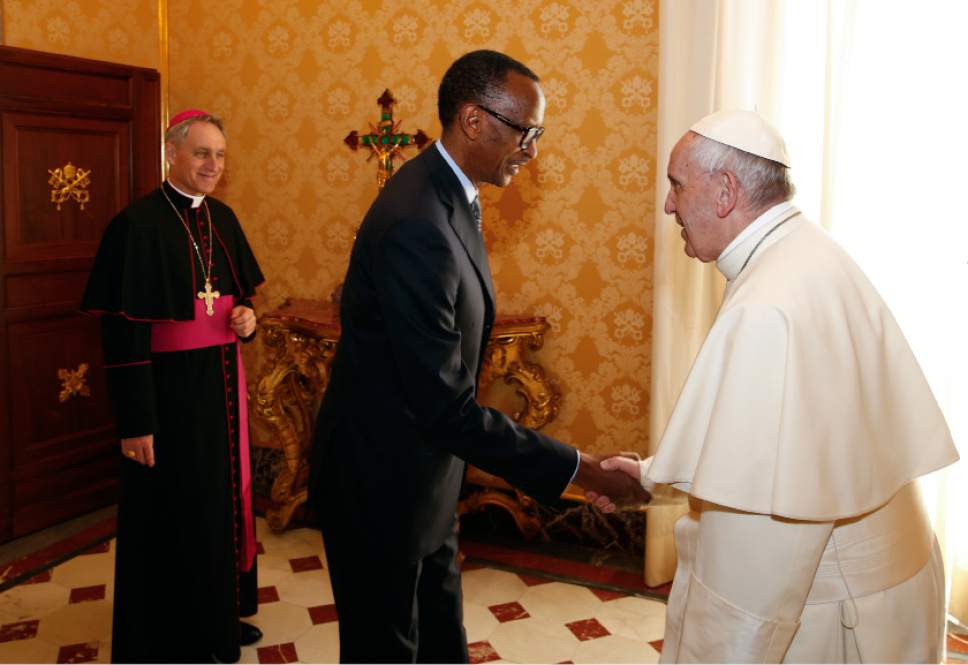A 500-year-old copy of Leonardo da Vinci’s Salvator Mundi has been recovered from a flat in Naples, Italy and returned to a museum that had no idea it had been stolen.

According to the police statement, the artwork was discovered at an apartment during a search in the Italian city. Police Chief Alfredo Fabbrocini said the 36-year-old apartment owner was detained after offering a dubious explanation that he had “casually” bought the painting of Jesus at a flea market in the southern Italy city.
Depicting Jesus Christ with his hand raised in a blessing and holding a crystal orb, the painting is part of the Doma Museum collection at the San Domenico Maggiore church in Naples.
The original became the most expensive painting ever sold in 2017 after fetching $450m (£330m) at a Christie’s auction. It is widely thought that the record-breaking bid was made on behalf of Saudi Arabia’s Crown Prince Mohammed Bin Salman.
The copy was likely painted by one of the Renaissance master’s students as numerous copies of the work were made during the artist’s lifetime by his students and assistants, CNN reported.
Naples prosecutor Giovanni Melillo said “The painting was found on Saturday thanks to a brilliant and diligent police operation,” said
Because the museum had been shut for months due to the coronavirus, no one had noticed or reported it.
“There was no complaint on the matter and in fact we contacted the (church) prior, who was not aware of its disappearance, as the room where the painting is kept has not been open for three months.”
Police are now investigating how it was stolen as there was no sign of a break-in, Melillo said.
“Whoever took the painting wanted it, and it plausible that it was a commissioned theft by an organisation working in the international art trade,” he added.
The identity of the painter is not known but according to the Museum of San Domenico Maggiore in Naples, there are “several hypotheses” about the painter’s identity, with the “most convincing” theory crediting Leonardo’s student Girolamo Alibrandi.
It is believed that the painting was created in Rome before being brought to Naples by Giovanni Antonio Muscettola, an envoy and advisor to the Holy Roman Emperor, Charles V.




